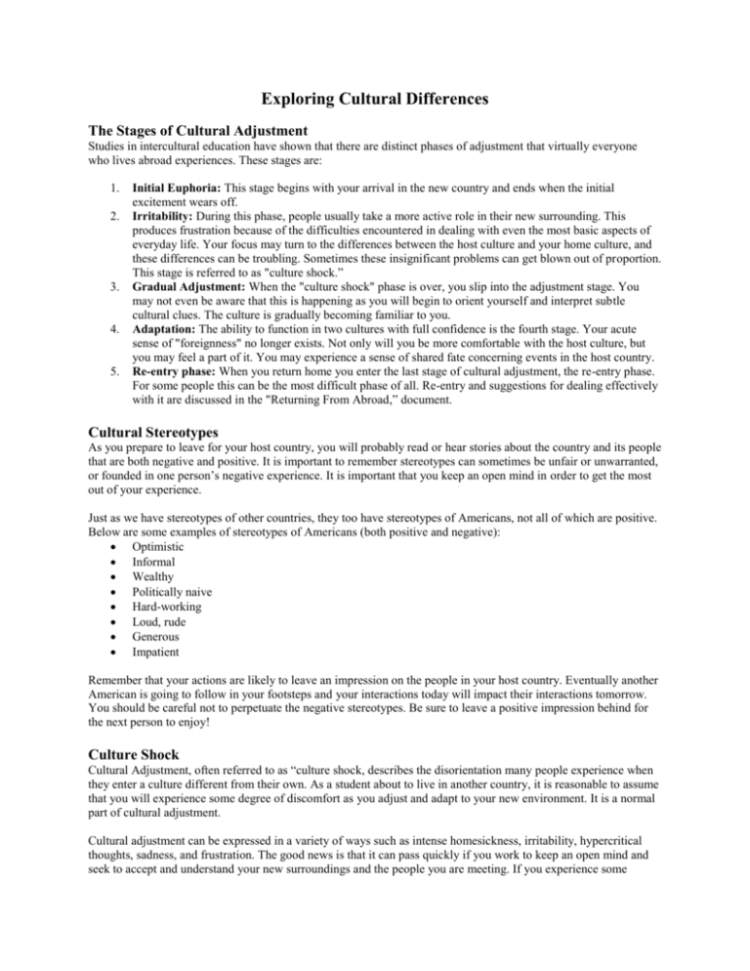Education is the foundation for a brighter future. But for many international students, the path to success begins with navigating the cultural differences in various education systems. This article dives into the nuances of the educational system in the United States and other countries around the world.
Comparing the educational systems within the US and globally allows for a detailed analysis of the differences in teaching and learning styles, assessment methods, and foundational knowledge. This comprehensive exploration can help to identify and value the unique strengths of these different systems.
Understanding the US Education System
The United States education system is one of the most renowned and highly developed educational organizations in the world. It is composed of both federal institutions and state-run schools, which offer a choice between higher education, such as college and university, or lower educational levels like elementary and secondary schools. Understanding the U.S. education system can help overseas students adjust and succeed within American classroom settings.
The three main levels of education in the United States are elementary, secondary, and higher education. After completing elementary school, students attend a high school for either three or four years. Upon completion of high school, they may continue to college or university.
Elementary Education
Elementary education is compulsory from ages 5 to 13 in America, differing between the states. Usually, the school year runs from mid-August to mid-June and students are in school for seven hours a day. There is usually 45 to 60 minutes for lunch and two or three snack and break times. Education at this stage covers a variety of subjects, such as Maths, English, Science, Social Sciences, Physical Education, Music and Arts.
Secondary Education
After elementary school, students attend high school from either grades 9-12 or 10-12. Students in the US are expected to select the type of courses they would like to study. Generally, they must choose and pass at least three core subject for graduation: English Language Arts, Physical Science and Mathematics. After this, they have the option to select courses from Social Science, Psychology, Business and Technologies, Humanities, Fine Arts, Health and Physical Education.
Higher Education
Higher education in the United States takes many forms. In general, followed on from the completion of High School, students can choose to study at an institute of Higher Education such as a college or university. Most colleges in the U.S are either two-year or four-year programs. Colleges grant either a certificate, associate’s degree or bachelor’s degree. Typically, it takes two years to complete an associate’s degree and four years for a bachelor’s degree.
Master’s degrees take one to two years to complete, and doctorates may take anywhere between two to five or more years of studies. The majority of the fees and costs associated with higher education will need to be paid by the student, either via direct tuition payments, financial aid programs or private loans.
Exploring the International Education Context

In the modern world, many students have the option of studying abroad and immersing themselves in a different culture and educational system. By exploring the international education context, we can gain a better understanding of cultural differences between US and international education systems. In this article, we will discuss the differences between US and international education systems in terms of curriculum, teaching methods, and student expectations.
Curriculum Differences
The US education system has a distinct curriculum compared to international school systems. In the US, students typically have a stronger emphasis on subjects like mathematics and science. They also focus more on standardized tests such as those used for college admissions. In contrast, international education systems often take a broader approach to teaching and focus less on standardized tests.
Teaching Methods
The teaching methods used in the US and international education systems can also differ greatly. US classrooms often use a lecture-style approach, where the teacher lectures to the students and expects them to take notes. In contrast, international classrooms typically use a more interactive approach such as inquiry-based learning, which encourages students to ask questions and actively participate in the lesson.
Student Expectations
Finally, the expectations for students can differ between US and international schools. In the US, students are expected to put in a lot of hard work and perform well in exams in order to gain entry to top universities. In comparison, international schools tend to place less emphasis on exam results and focus more on the overall academic success and well-being of the student.
To conclude, it is clear that there are significant differences between US and international education systems in terms of curriculum, teaching methods, and student expectations. By understanding these differences, we can gain a better appreciation for the different cultures and educational systems around the world.
Comparing US and International Education Systems
Today’s educational landscape is vast and incredibly diverse. Comparing the US and International education systems allows us to gain insight into the different methods used in each. With regards to educational systems, cultural differences between the two become evident.
In the US, a majority of schools follow the Common Core curriculum. This curriculum requires that all schools have the same standards and that students are educated to the same level. This system allows students to be easily transferable from one school to another. This way, when a student moves to a new district or state, they can easily fit in and access the same education.
On the other hand, International schools often go from country to country, following the curriculum established within that country. For example, in China there are different levels of education. This includes the Chinese Middle School (九年制), the Chinese High School (十二年), and the prestigious entrance examination (高考).
Furthermore, where the US education system promotes holistic learning, International systems promote a more academic-based approach. In the US, students are encouraged to pursue activities and hobbies that are unrelated to their academic studies. This embodies the concept of “the whole student”. On the other hand, International systems are focused on the academic track and place a great emphasis on entrance examinations and test-taking.
Additionally, international education systems often emphasize the importance of extracurricular activities, such as music and sports. This is not as common in the US system, which focuses more on the theoretical aspects of learning.
In summary, the US and International educational systems have many differences. The US system is focused on a standard curriculum and holistic learning, while International systems prioritize academic focus and extracurricular activities.
Conclusion
The cultural differences between US and international education systems are vast and complex. Understanding these differences and how they impact students, colleges, and universities is essential to creating effective educational systems that are equitable and beneficial to all.
Although the US and international education systems are at different points in their development, both offer valuable lessons on how to develop successful, equitable education systems that are responsive to the needs of students, parents, and others. With a thorough understanding of how culture affects education, the US and international education systems can continue to work together to improve opportunities for students everywhere.




